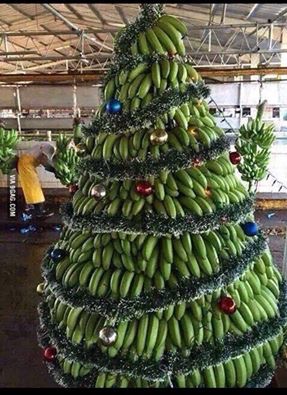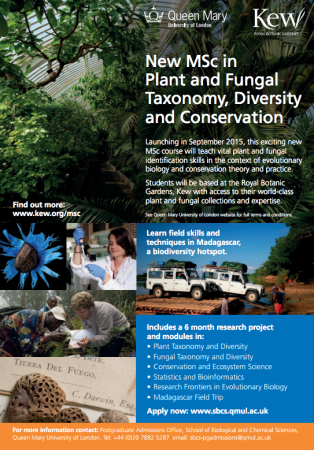Catching up on agrobiodiversity news
Yes, I know we’ve been off the air for way too long, and that you’ve been missing your daily dose of agrobiodiversity Nibbles. But that doesn’t mean we were totally idle for the past several weeks. And if you’re really serious about catching up on the news, your best bet is to look back through our Twitter feed. Happy hunting and gathering…
DivSeek, and more, at PAGXXXIII
Yes, we’re back. Kinda. Sorta. And the new year means PAG, XXIII of that ilk. Which you can follow on Twitter, of course, and various other ways no doubt. The meeting was preceded this year by a separate event launching the DivSeek initiative, which got a lot of media attention. Oh, and which has its own Twitter account now too.
Susan McCouch, newly elected Chair of Steering Committee addresses @DivSeek Partners' Assembly http://t.co/roZ2wG73CQ pic.twitter.com/KzmOtiZ0mR
— DivSeek (@DivSeek) January 10, 2015
We’re taking a break…

Happy holidays, everyone. See you in the new year.
Brainfood: Teak origins, Rice diversity, Urban ag, Mapping anthropogenic pressure, Fungal divesity, Bitter cucumber
- Genetic resources of teak (Tectona grandis Linn. f.)—strong genetic structure among natural populations. Centre of diversity in semi-moist eastern coast of India and in Myanmar.
- Analysis of Genetic Diversity and Population Structure of Rice Germplasm from North-Eastern Region of India and Development of a Core Germplasm Set. 10% of 7000 very diverse accessions recovers 99.9% of allelic diversity.
- Global assessment of urban and peri-urban agriculture: irrigated and rainfed croplands. Urban croplands represent 6% of total. No word on what percentage of genetic diversity, but I bet more than 6%.
- Satellite Earth observation data to identify anthropogenic pressures in selected protected areas. Some data can be used to identify some pressures.
- Global diversity and geography of soil fungi. Climatic factors are key, but look at the diagram.
- Biosynthesis, regulation, and domestication of bitterness in cucumber. So that Dutch breeder, who Jeremy always mentions, who once tasted 10,000 cucumber cotyledons in his quest to breed a nice-tasting one, would not have to do so now. Which is a pity.
